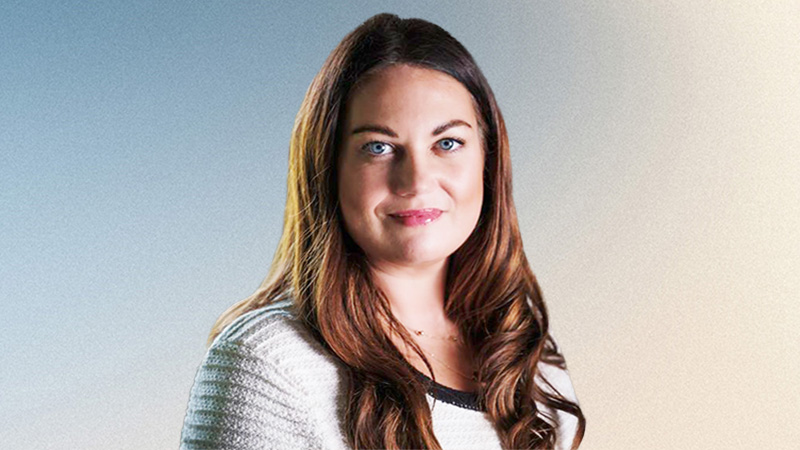Higgins said investors risk missing out on “powerful returns” if they exit the market because historic data shows the minimum return for the last two years of a US cycle has been at least 30%.
The head of multi-asset at the private bank added that the US economy is showing no sign of recession because the market is nowhere near the -40% correction that has typically preceded previous downturns, nor is the central bank raising rates too quickly.
“A country like the US does not just fall into a recession, it is typically murdered by the Federal Reserve board hiking rates too much,” he said.
“Let’s say the Federal Reserve is going to so-called ‘murder’ the US economy by over tightening, what should you do? Stay invested. Why? The last two years of the bull market are the best.
“The minimum return of the last two years of the US cycle is 30% minimum, so it is very dangerous to be out the market. The median return is 45%, so there are really quite powerful returns approaching end of cycle.
“It is all about the US. It always has been and always will be.”
Relationship advice
Coutts is modestly overweight equities but does concede that valuations are extended. However, Higgins said equities are attractive based on the relationship between bond yields, cash and equity valuations.
He explained: “In the ’87 crash you could buy 10-year treasuries yielding over 10%. I remember IBM equities yielding 1.5-2% whereas IBM 10-year corporate bonds were yielding 11-12%. Imagine that today, earning 11-12% on high quality 10-year bonds, you could put all the money there, shut up shop and not worry about it.
“There is a relationship between equities and fixed income which makes equities more attractive.”
He added: “We are not saying markets are cheap and it is hard to find value, but at least they are explainable and there are pockets of value.”
Overweight sterling
The wealth manager also remains positive on sterling, believing the currency looks attractive by long-term standards and remains at the lower end of its 40-year valuation.
Higgins said buying sterling partly worked across Coutts’ portfolios last year given it rose just shy of 10% against the dollar and marginally against the yen.
“For our international mandates we are overweight sterling, for UK assets, the bulk of our mandates, we have become more defensive,” he said.
“On a typical balanced portfolio we have gone from circa 62/63% sterling, so having significant assets outside of sterling making gains, to 75%.
“We have not gone to 100% as we still believe in diversified portfolios, but we are looking to protect the value and we are always looking for interesting strategies that have that element of a sterling hedge.”










